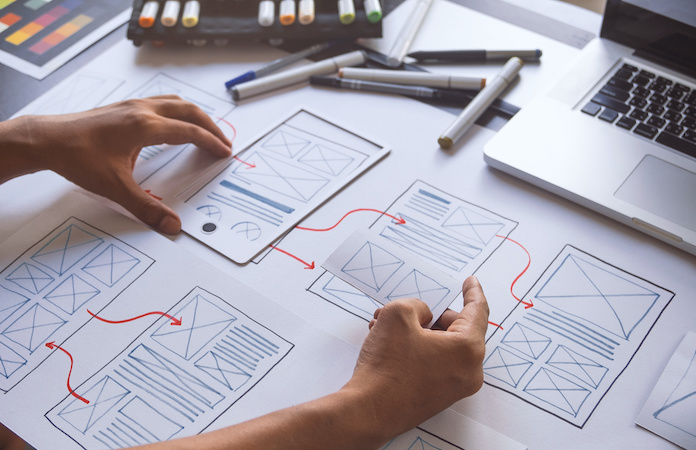We are using cookies to collect data that help us give you the best experience of our site, by continuing to use the site, you are agreeing to our use of cookies.
Read more
The importance of effective design
Some of us are very lucky as trainers to have had fantastic training support and continued professional development, but many aren’t so fortunate. One of the most common statements I come across when delivering PTT Train the Trainer courses is how many people are given a task by their managers to train something because “We need training on that”.
Then comes the inevitable worry about “How am I going to do that, and where do I start?” I’ve been there, so I know exactly how you feel because you want to get it right and more than anything, don’t want to let anyone down. Invariably then, you press on and do your very best with what little information you have been given which might lead to some good stuff, but in my experience, most of it is time, and money wasted because the perceived need is not the same as the actual need! So where and why has it gone wrong?
In any form of training, there is always a training need for individuals and organisational requirements, so it’s so important that we get this first step identified straight away. This requires quite a bit of work from you because it’s the information you need to progress the whole design phase properly. This is because all proper training will achieve the “Workplace transfer” where what you train becomes the output in the workplace! If this is a perceived need or a wrong one, then everything from this point on is wasted time and money. When I try and help people understand the overall design phase and its importance I use the example of “Making a cup of Tea” because it’s such a simple task we all relatively take for granted. But if we were to turn it into a work scenario where your business was making people “THE cup of Tea”, then you would need to make sure that everyone would be able to do it exactly to specification, wouldn’t you? Here are just some of the things that you would need to consider, and you can fill the gaps from the question to make “THE cup of Tea”:
What is the overall aim (output) required, and how are we going to get there in the most appropriate way? – This is going form the fundamental Syllabus of your Training. How is the task or output required broken down to create realistic and achievable objectives with Key Learning points; this will include all of the knowledge, skills and attitudes to complete the task successfully and safely.
What equipment and resources are you going to need and where are you going to train it? – Is this going to be workplace training or training in a classroom etc? You may need access to equipment that is in use constantly or is hard to access so how you will achieve this?
What other training resources are you going to need? – You will need to be thinking about the creation of Lesson Plans, Handouts, Aids like PowerPoint or props etc.
How will you assess that learning has taken place? – Are you going to test in the training environment and how? Is there going to be any follow-on?
What are you going to do to evaluate the training has achieved the outcome? – You will need to consider feedback from the point of delivery and also further down the line in the workplace. We do this to check if “Transfer” has taken place and then make sure any changes form that feedback are implemented into the training for the future.
So, a very generic (but not comprehensive) example of the types of information you need to get the design of training right to ensure that workplace transfer happens.
Want to learn how to do this right to get the workplace transfer you need? We’ve just created a brand-new remote Course Design course that will teach you how to do just that so come and join us online on 20/21 October see further course information here.
Scott Fraser is a Master Trainer at Target Training and delivers our PTT Train the Trainer courses and our Advanced PTT Train the Trainer courses. You can read more about him here.



 0800 302 9344
0800 302 9344 Info@targettrg.co.uk
Info@targettrg.co.uk
